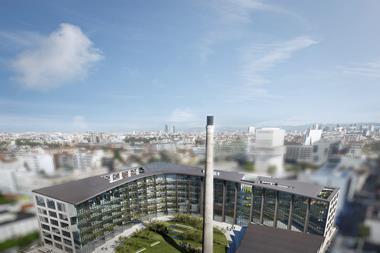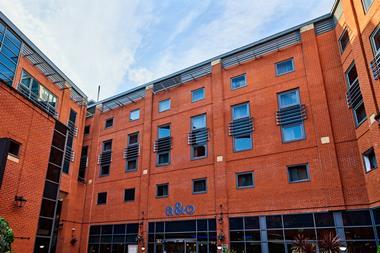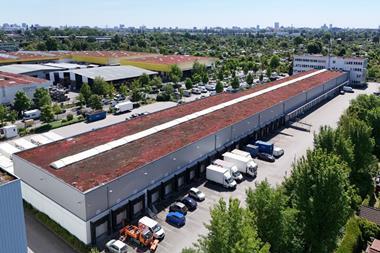EUROPE - A resurgence of investment activity in the real estate markets of central and eastern Europe (CEE) saw transactions triple in the first half of 2010 compared with a year ago, according to CB Richard Ellis (CBRE).
The investment turnover, in the region of €1.7bn, represented a 190% increase on the first half of 2009 and was helped in part by the return of German open-ended funds (GEOFs).
German funds accounted for 17% of transactions recorded during the first half, worth approximately €300m in aggregate.
Jos Tromp, head of CEE research and consulting at CBRE, said: "This level of activity is remarkable, especially in light of the turbulence in the GOEFs sector and continuing economic uncertainty across Europe."
The acquisition of the Grunwaldzki Centre in Wroclaw, Poland, by Deutsche Bank subsidiary RREEF is the latest evidence of continued interest in CEE among GEOFs.
"This represents the first office acquisition by a GOEF in a regional CEE city this year," Tromp added.
Other European investors have also shown interest in the region, including CA Immo, one of Austria's largest listed property companies.
CA Immo announced the takeover of the Europolis portfolio, which is spread across the region and estimated to be worth approximately €1.5bn.
The closure of the transaction is expected in early 2011.
On a quarterly basis, investment activity in the CEE region rose to €970m in the second quarter, an increase of 34% compared with volumes seen in the first three months of the year, but still considerably lower than the levels seen in the period before the fourth quarter of 2008.
CBRE said yields in the region were under downward pressure, continuing the trend seen in Western Europe in recent months.
Investment activity in the first half of the year was concentrated in Poland, the Czech Republic and Russia, but mainly outside the prime segment.
CBRE said significant market differences were emerging across the region as market fundamentals began to indicate the future of capital value movements.
Capital values rose at a faster rate in eastern European cities in the second quarter compared with the previous quarter as a result of compression in prime yields, coupled with an increase in prime rents, CBRE said.
Conversely, some cities in south eastern Europe have seen decreasing prime rents and stable prime yields, resulting in a decline in prime capital values in the second quarter compared with the previous quarter.












